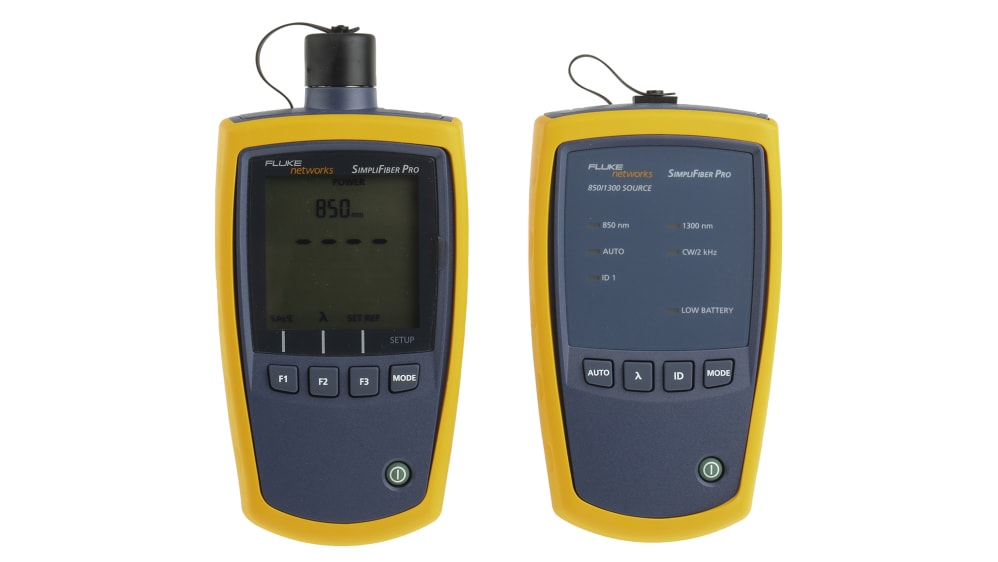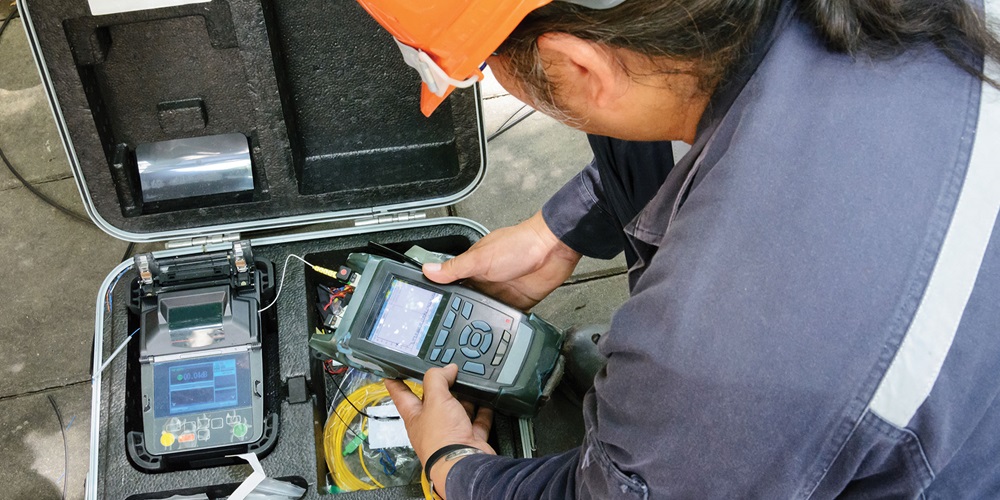Explore the latest advancements in ofda systems for precise fibre analysis.
The Duty of Optical Fibre Screening in Ensuring High Quality and Effectiveness in Connectivity Solutions
In today's quickly advancing digital landscape, the relevance of optical fiber testing can not be overstated, as it acts as a keystone for making certain the high quality and effectiveness of connection solutions. By employing a range of testing techniques, including OTDR and loss assessments, companies can proactively recognize and mitigate possible network problems that may impede performance. Regular screening not only aligns with industry standards however additionally leads the means for boosted data transmission. As technology continues to advance, the future of optical fibre testing presents intriguing difficulties and chances that merit closer assessment.
Value of Optical Fiber Screening
The significance of optical fiber testing can not be overemphasized in making sure the integrity and efficiency of interaction networks. As the backbone of modern telecoms, optical fibres help with high-speed data transmission, making their integrity vital to functional success. Testing acts as a positive action to recognize prospective problems such as signal loss, attenuation, and physical damage, which can jeopardize network efficiency.
Normal screening permits for the verification of installation quality and the detection of issues that can influence data stability - fibre testing equipment. By utilizing extensive screening methods, network drivers can reduce the risks connected with network failings, including downtime and monetary losses. Optical fibre testing guarantees compliance with sector criteria and policies, enhancing the general high quality of solution supplied to end-users.
Eventually, the organized evaluation of optical fibres adds to the durability and performance of interaction systems. It allows stakeholders to make educated decisions pertaining to maintenance, upgrades, and troubleshooting. In a landscape where data is significantly important, prioritizing optical fibre testing is vital to maintaining durable and effective connectivity solutions, therefore sustaining the demands of modern digital atmospheres.
Kinds of Optical Fibre Examinations
Different testing approaches are used to make certain the performance and integrity of optical fibres within communication networks. These examinations can be extensively categorized into two main types: setup examinations and upkeep examinations.
Installment examinations are performed instantly after the installation of optical fibre wires to confirm their performance and integrity - optical fibre diameter analyser. The most common installation examinations consist of Optical Time-Domain Reflectometry (OTDR) tests, which evaluate the quality of the fiber by determining mistakes or breaks, and end-to-end loss tests, which measure the total optical loss from one end of the fibre to the various other
Upkeep examinations, on the other hand, are done occasionally to ensure recurring performance and spot potential concerns gradually. These consist of aesthetic evaluation, which checks for physical problems or inappropriate installations, and continuity tests, which confirm that the signal can go through the fibre without disturbance.
In addition, progressed tests such as Polarization Setting Diffusion (PMD) and Chromatic Diffusion (CD) examinations can be carried out to evaluate the fibre's performance under numerous conditions. By employing these varied screening techniques, professionals can keep high standards of quality and reliability in optical fibre networks.
Benefits of Regular Testing
Normal testing of optical fibers plays a vital role in maintaining the general performance and reliability of interaction networks. By carrying out normal assessments, companies can ensure that their link fibre optic installments satisfy market criteria and run successfully. This positive technique helps to recognize possible weak points and destruction gradually, enabling prompt treatments before concerns intensify.

Cost-effectiveness is one more advantage. By attending to minor issues early, companies can stay clear of the high expenses related to major repairs or system failures. Regular screening likewise fosters conformity with regulatory requirements, ensuring that the network complies with necessary security and performance standards.
Common Concerns Identified
Recognizing typical issues in optical fiber networks is important for maintaining optimal performance and dependability. Numerous elements can add to interruptions, including physical damage, bad installation methods, and environmental impacts.
Physical damage, such as bends, breaks, or abrasions, can considerably weaken signal quality. Incorrect installment strategies, including too much tension or poor securing of cords, might lead to boosted depletion and loss of connection. In addition, environmental aspects such as temperature level variations, dampness ingress, and rodent disturbance can endanger the stability of the fiber.
Adapter concerns additionally frequently arise, with incorrect placement or contamination causing boosted insertion loss. Furthermore, splicing errors can introduce considerable signal degradation if not executed with accuracy.

Resolving these typical problems via regular optical fibre screening not only enhances network dependability yet likewise optimizes general efficiency, making sure that connectivity remedies remain robust and efficient.
Future Patterns in Testing
As the need for high-speed connectivity remains to climb, the future of optical fiber screening will significantly focus on automation and advanced analytics. The integration of expert system (AI) and equipment understanding (ML) in screening processes will certainly allow extra efficient data analysis and anticipating upkeep, lowering downtime and improving general network dependability. Automated screening remedies will certainly enhance the evaluation and qualification of fibre networks, minimizing human error and boosting screening throughput.
An additional significant trend is the adoption of remote screening technologies. As the deployment of fibre networks increases into remote and underserved areas, remote screening capabilities will permit professionals to keep read this track of and detect network problems without physical presence, consequently lowering functional prices and enhancing response times.
In addition, there will certainly be a change towards more thorough screening criteria that include not only standard loss dimensions yet additionally performance metrics such as latency and bandwidth usage. This holistic strategy will promote far better network monitoring and optimization methods.
As these patterns progress, the optical fiber screening landscape will not only enhance the quality and effectiveness of connection remedies but additionally support the expanding intricacies of contemporary communication networks.
Verdict
In verdict, optical fiber screening offers as a fundamental part in keeping the stability and performance of communication networks. The recurring dedication to routine screening not only improves data transmission however additionally aligns with market standards, fostering integrity in network facilities.